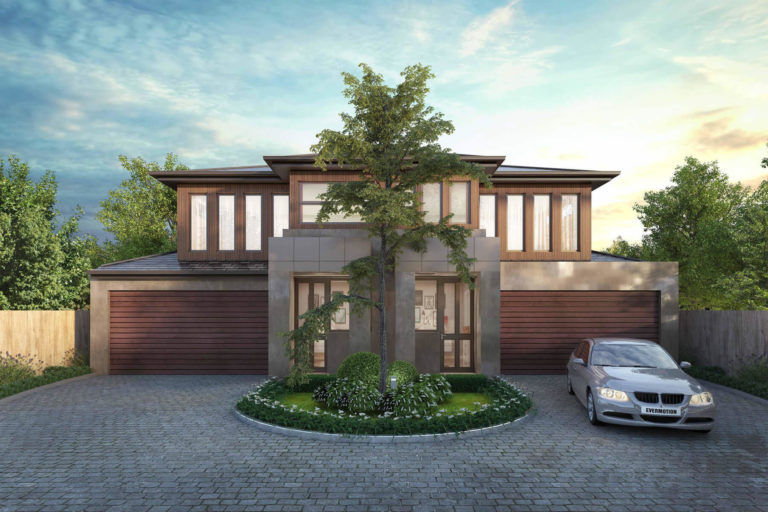Unlocking Opportunities: Navigating Dual Occupancy Homes in Melbourne with Town Planning Permits
In the vibrant real estate landscape of Dual Occupancy Homes Melbourne have emerged as a compelling option for property development. However, embarking on such a venture requires careful consideration and adherence to the necessary regulations, particularly obtaining a Town Planning Permit.
Understanding Dual Occupancy Development:
Dual occupancy homes, often referred to as duplexes or dual living arrangements, involve the construction of two separate dwellings on a single residential property. This unique approach to housing provides homeowners with the flexibility to live in one house while renting out or selling the other, offering both financial and lifestyle advantages.
Navigating the Town Planning Permit Process:
One crucial aspect of dual occupancy development in Melbourne is the requirement for a Town Planning Permit. This permit serves as official approval from the local council, ensuring that the proposed development complies with zoning regulations, building codes, and other planning requirements. It's essential for property owners and developers to engage in a comprehensive understanding of the permit application process to streamline their projects.
Benefits of Dual Occupancy:
Many clients opt for dual occupancy development to capitalize on the benefits it offers. Living in one house while generating rental income or selling the second property can be a lucrative financial strategy. Additionally, the option to sell both houses upon completion presents an opportunity for significant profit.
Financial Flexibility and Investment Potential:
The dual occupancy model provides homeowners with a unique financial advantage. Renting out one unit can contribute to mortgage payments, while the potential sale of the second unit adds another layer of financial flexibility. For investors, the prospect of selling both units upon completion can result in a substantial return on investment.
Architectural Considerations and Design Innovation:
Beyond the financial incentives, dual occupancy development also encourages innovative architectural and design solutions. Maximizing the use of space, ensuring privacy for both units, and creating aesthetically pleasing structures are key considerations in the planning and execution phases.
Challenges and Mitigation Strategies:
While dual occupancy development presents exciting opportunities, it is not without its challenges. Potential issues may include navigating local regulations, managing construction logistics, and addressing community concerns. Developers must be proactive in addressing these challenges and implementing effective mitigation strategies to ensure a smooth and successful project.
Click here for more information :-

Comments
Post a Comment